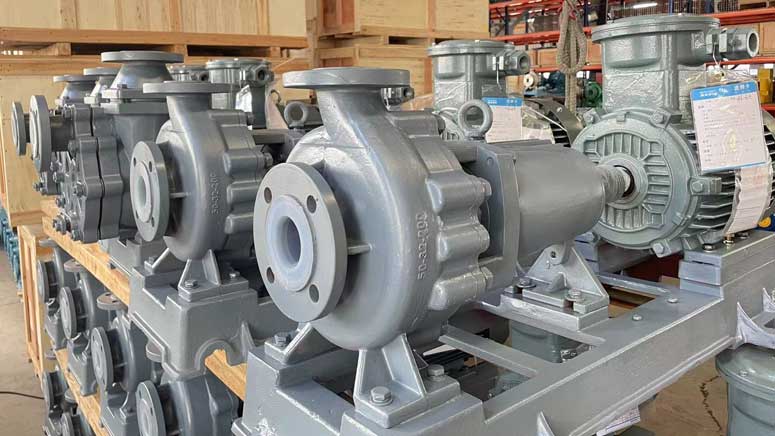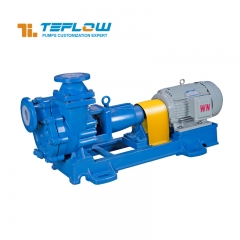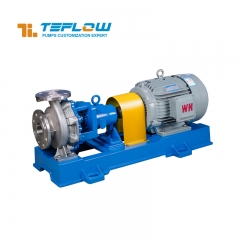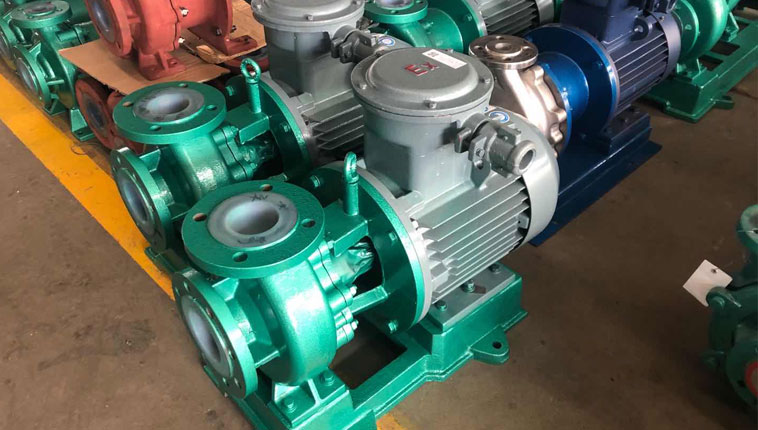As chemical industry continues to thrive, the application of sulfuric acid is becoming increasingly extensive. Sulfuric acid, being a highly corrosive substance, requires specialized pumps for its transportation. This article aims to provide insights into the selection of sulfuric acid transfer pumps and the selection of pump valves, facilitating your procurement process.
1. Introduction to Sulfuric Acid Transfer Pumps
A sulfuric acid transfer pump is specifically designed for conveying corrosive media such as sulfuric acid and sulfate. Its primary function is to ensure the safe flow of sulfuric acid and similar substances in chemical production processes, thereby preventing environmental pollution or personal injury due to leakage. Depending on the density, temperature, concentration, and other factors of sulfuric acid, various types of sulfuric acid transfer pumps are available.
2. Key Points in Selecting Sulfuric Acid Pumps
When selecting a sulfuric acid transfer pump, several factors need to be considered:
(1) Properties of Sulfuric Acid: Understand the concentration, density, viscosity, etc., of sulfuric acid to select the appropriate pump type and material.
(2) Flow Rate: Determine the required flow rate to recommend suitable pump types.
(3) Transport Distance and Lift Height: This involves pump pressure and power. By considering the transport distance and lift height, the appropriate pump product can be accurately selected.
(4) Pump Material: Sulfuric acid pumps require corrosion resistance. Common pump materials include stainless steel, plastics, ceramics, etc.
(5) Pump Type: Depending on the flow rate, transport distance, and usage scenario, centrifugal pumps, magnetic pumps, pneumatic pumps, etc., can be selected.
3. Common Types of Sulfuric Acid Transfer Pumps
(1) Centrifugal Pumps: Centrifugal pumps use high-speed rotating impellers to generate pressure, thereby transporting sulfuric acid and other media. When selecting, factors such as head, flow rate, and speed need to be considered to meet actual usage requirements.

(2) Magnetic Pumps: Magnetic pumps use magnetic drive to transfer the motor speed to the impeller inside the pump body. Due to the absence of mechanical seals, leakage caused by seal wear is avoided, resulting in excellent sealing performance, especially suitable for applications with high sealing requirements.
(3) Pneumatic Pumps: Pneumatic pumps use gas-driven methods to transport sulfuric acid and other media. Depending on the customer's usage scenario, pneumatic diaphragm pumps, pneumatic piston pumps, etc., can be selected.
4. Optimal Selection of Sulfuric Acid Pump Materials
Sulfuric acid pumps need to have excellent corrosion resistance. Commonly used materials include rubber, plastics, ceramics, stainless steel, and alloy materials. Understanding the concentration, temperature, and other conditions of sulfuric acid, the most suitable material type can be selected according to actual needs.
5. Sulfuric Acid Pump Selection Case Study
A chemical company needs to purchase a sulfuric acid transfer pump with a required flow rate of 5m³/h and a head of 10m. The temperature of sulfuric acid is 30°C, and the concentration is 30%. After analysis, the company selected a magnetic pump as the sulfuric acid transfer pump, made of corrosion-resistant materials, which met the customer's requirements.
Understanding the professional knowledge of sulfuric acid transfer pumps and pump valve selection not only helps you efficiently and safely transport sulfuric acid but also saves costs. When purchasing sulfuric acid pumps, comprehensive factors such as the properties of sulfuric acid, transportation requirements, and usage environment should be considered to ultimately determine a cost-effective sulfuric acid transfer pump. We hope this article can be helpful to you.





 +86 18130251359
+86 18130251359 teflowpumps@tlpumps.com
teflowpumps@tlpumps.com











 +86+0563-5093318
+86+0563-5093318
